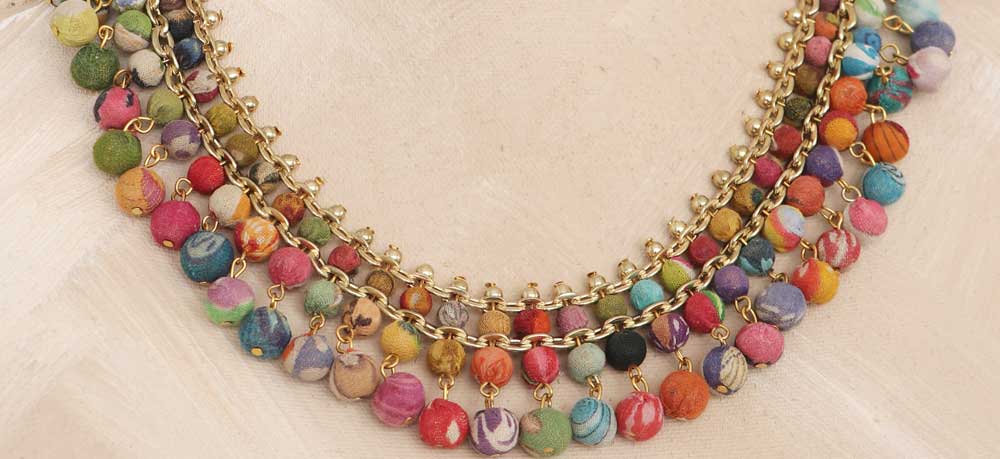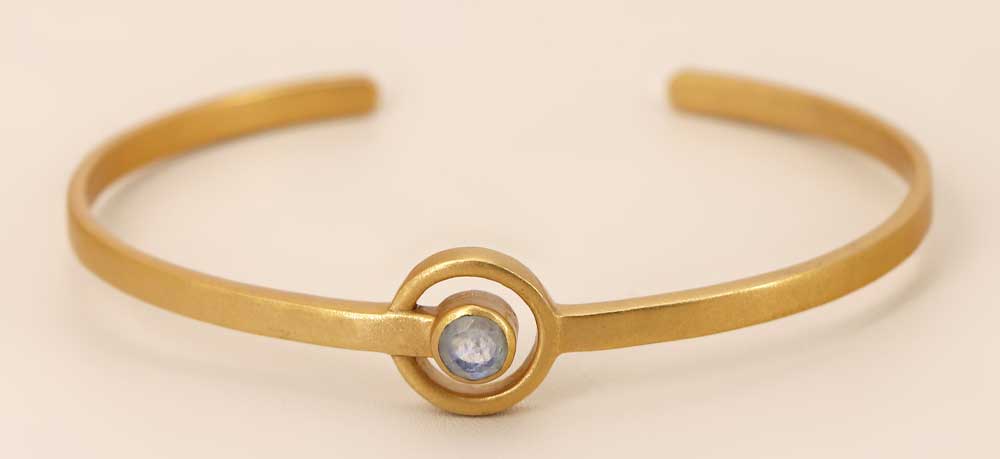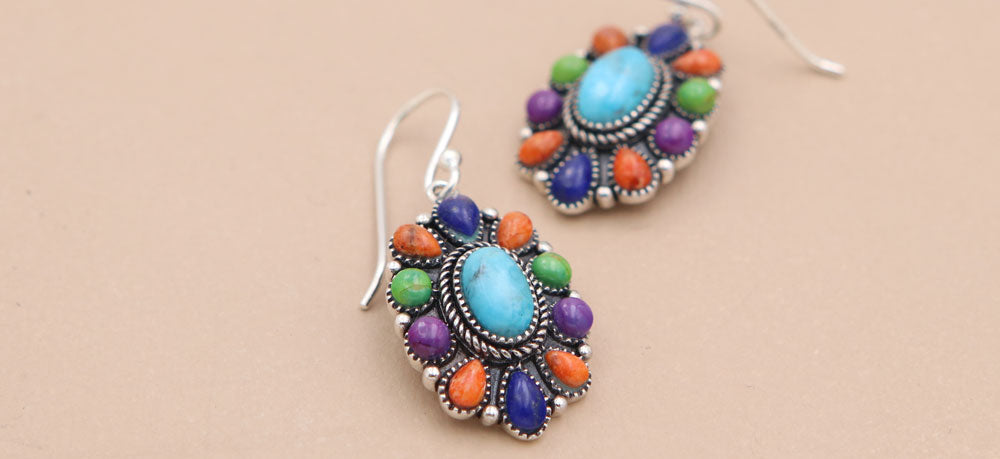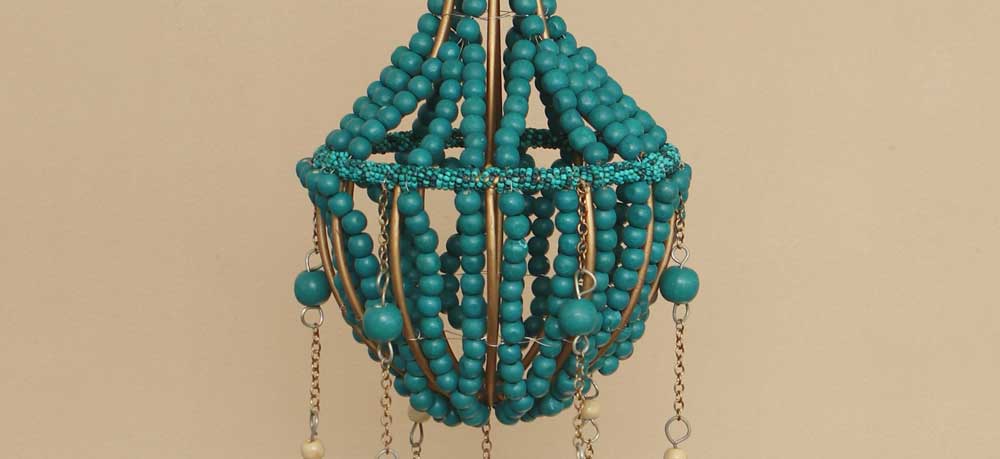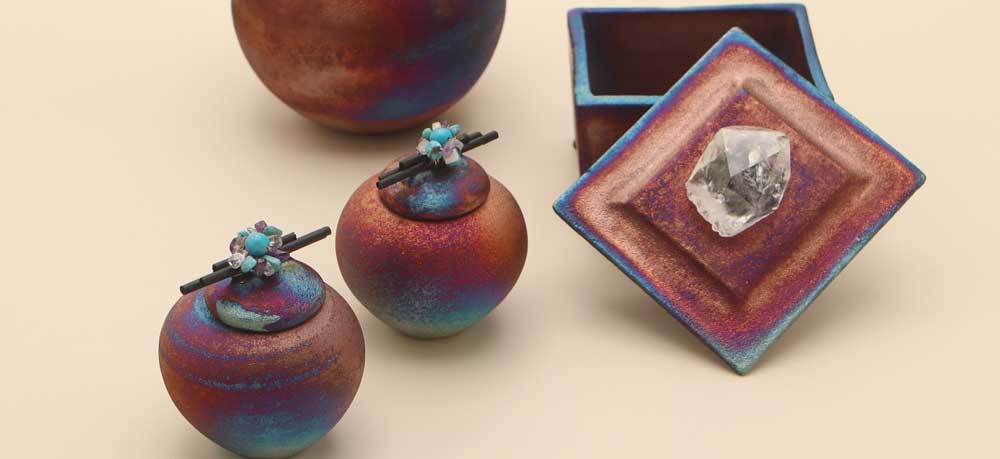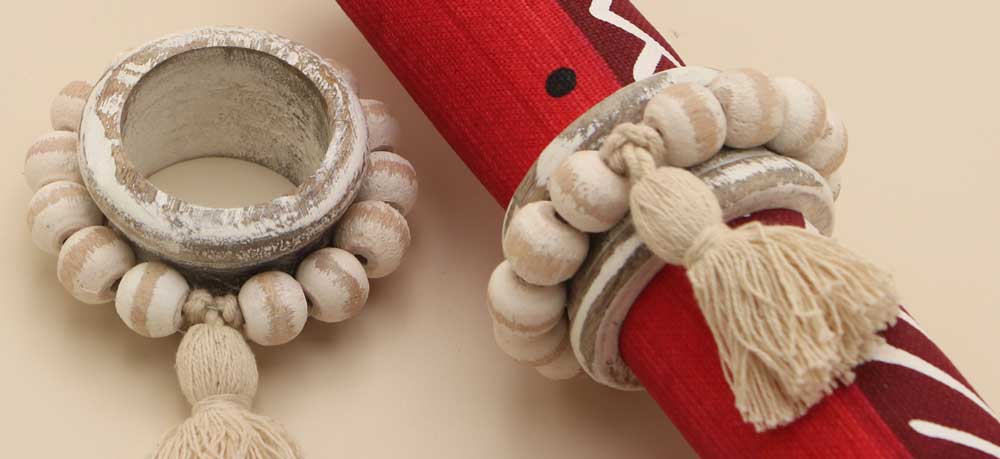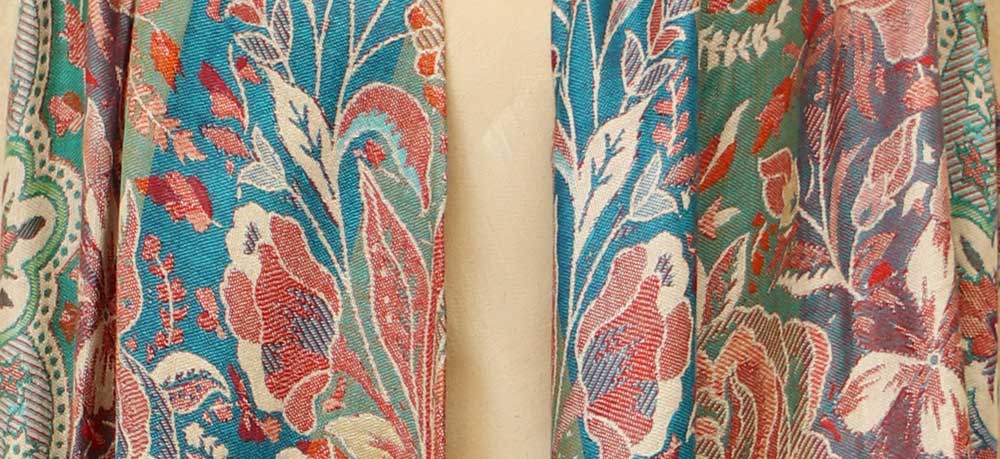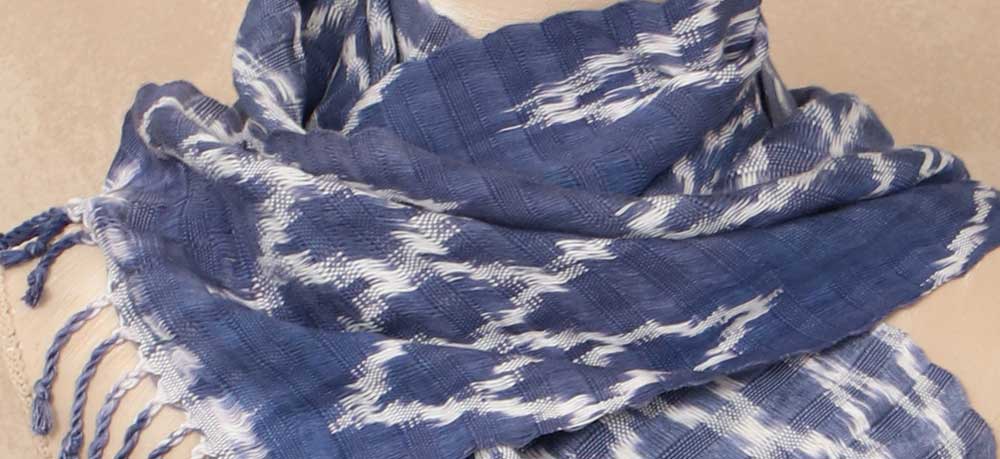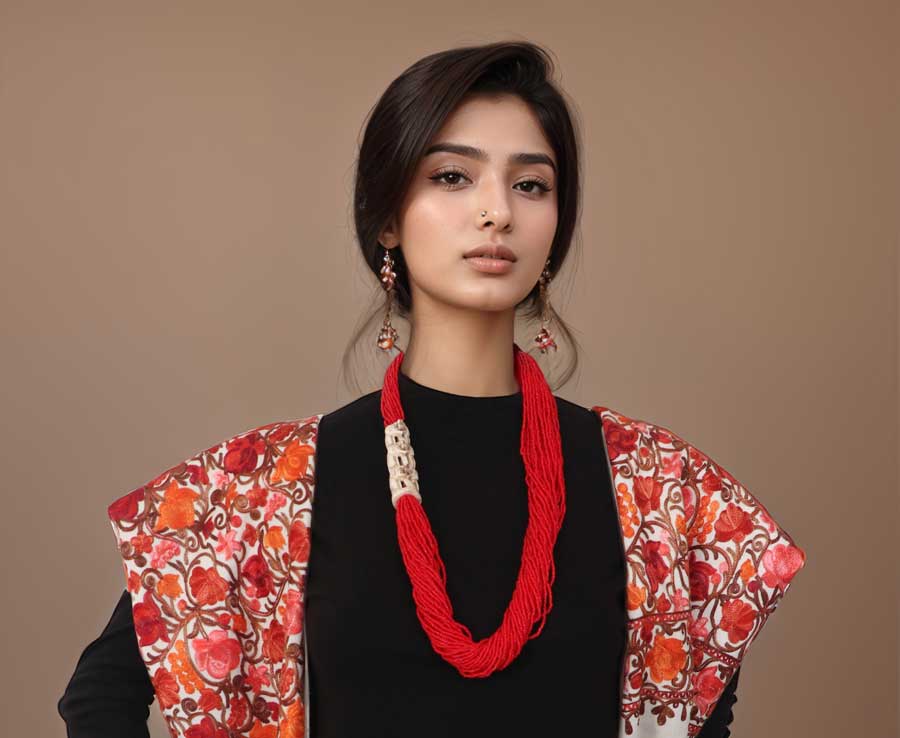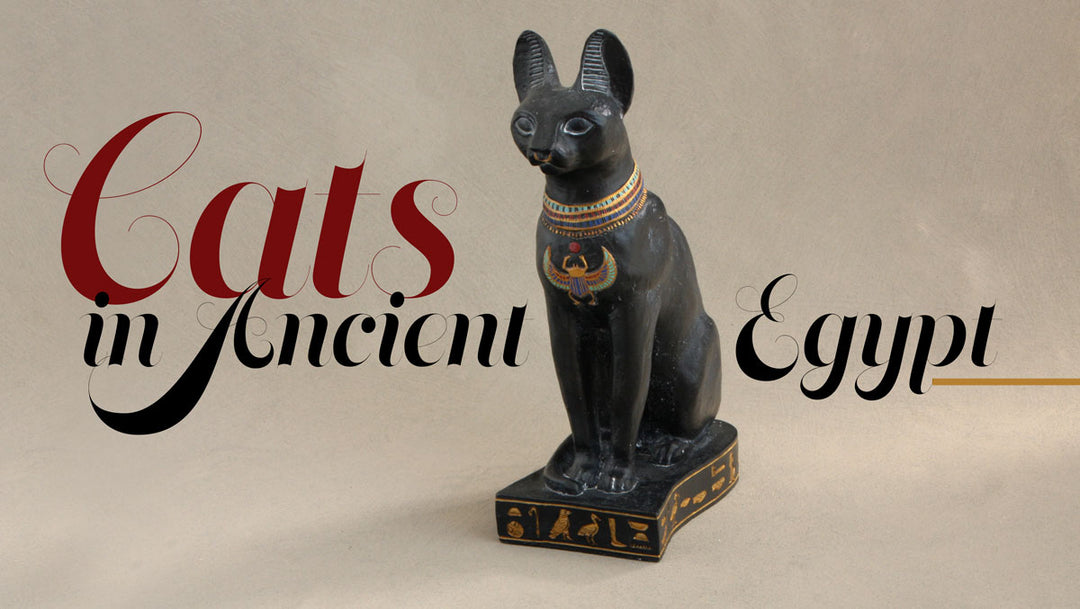Must See West African Dance

When Westerners speak of organized community dancing it is usually in the form of “couples” or “partners” dancing to a formal pattern – think waltzing, square dancing, or classic “slow dancing”. If you are fortunate enough to be able to visit one of the many West African countries (including Liberia, Mali, Benin, Burkina Faso, Cape Verde, Ghana, Sierra Leone, Nigeria, and others), you may be able to see some of the “must see” community dancing that goes on there.
Within these places you are not likely to see rigid movements performed by a male/female partnership – such as the ballroom dances or even modern dancing done in clubs. Instead, you will be able to witness some of the oldest forms of dancing and movement still in existence, with very little of it requiring two people to touch or interact in any way. Clearly it is a very liberating form of movement, but it has ancient roots.
This is because the settled and nomadic groups that populate these areas of the African continent have held on to many of their ancestors’ traditions – including the use of dance to both celebrate and worship.
It all begins with the sound of the human voice, which is the first and foremost “musical instrument” in West African dance. In many languages of this area there is actually no word for “music”, and it is to singing and dancing that they turn to express social ideas, prayer, and so much more.
So, if you are in this part of the world, you will want to take some time to see if you may be able to encounter the totally body articulation – meaning the use of the entire body to convey feelings, thoughts, and complex subjects – vocalizations and movement of groups like the nomadic Maasai or the tribal Lobi of Ghana. These groups are dramatically different in their performance with some using drums and others relying on movement, voices, and other instruments.
The use of the body is also diverse with some groups placing an emphasis on male and female roles and the different ways that they might move. For example, the women use emphatic movements of the body or they might bend their knees and take on a shuffling movement. It all depends on the region, the culture, and the preference of the ancient past!
Either way, if you are visiting this part of the world, you will want to bring your camera and dancing shoes because most observers are required to join in on the dancing fun!
Looking to find out more about African Dance in general? Visit here to find out!


